Today we explore the connection between user engagement metrics and SEO rankings. Discover how bounce rate and time on the page affect SEO. Learn more about SEO Metrics Correlation.
We know well,
User engagement metrics are correlated with SEO rankings, they are not the only factors considered by search engines.
Other factors, such as the relevance of content, backlinks, site speed, mobile-friendliness, and technical SEO elements, also play crucial roles in determining search rankings.
Bounce rate impact on SEO
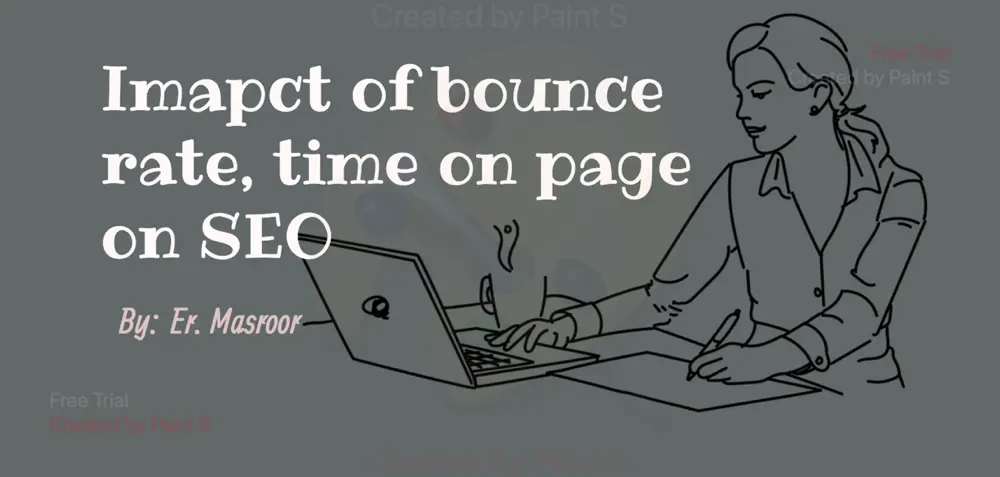
If you are serious about ranking then you must pay attention to Bounce rate, Bounce rate has a major impact on SEO, although it’s important to understand that its influence is indirect and nuanced. Bounce rate refers to the percentage of visitors who navigate away from a website after viewing only one page, typically without interacting further or exploring other pages on the site.
Here’s how bounce rate can affect SEO:
- User Experience (UX) Signal: Bounce rate is directly related to a user experience signal. A high bounce rate may indicate that visitors are not finding the content they expected or that the page is not meeting their needs. Search engines like Google aim to deliver high-quality, relevant results to users, so they may interpret a high bounce rate as a signal that the webpage is not providing value to searchers.
- Tips: Write 100% Unique and valuable content to reduce the bounce rate, once the bounce rate is reduced your ranking boosts dramatically.
- Relevance and Content Quality: Do you know a high bounce rate can suggest to us that the content on a page is not relevant, engaging, or of high quality? To rank well in search results, it’s essential for web pages to provide valuable and relevant information. If visitors frequently leave a page quickly, it may signal to search engines that the content is not meeting these criteria.
- Click-Through Rate (CTR): While bounce rate itself is not a direct ranking factor, it is closely related to CTR (Click-Through Rate). CTR measures how often users click on a search result. If a webpage has a low CTR because the title and meta description do not accurately represent the content, it can lead to high bounce rates when visitors quickly realize the content isn’t what they expected. Low CTR and high bounce rates can collectively signal to search engines that a webpage is not meeting user expectations, potentially affecting rankings.
- Ranking Reevaluation: Over time, if a webpage consistently has a high bounce rate, search engines may reevaluate its ranking. If the page does not perform well in terms of user engagement, it may gradually drop in search results as search engines try to deliver better options to users.
Need you attending:
It’s important to consider the context when assessing the impact of bounce rate on SEO:
- Content-Type: Some types of content, such as blog posts or news articles, may naturally have higher bounce rates because users come to read a single page and leave. In such cases, a high bounce rate may not be a negative signal.
- Goals: The goals of your website and specific pages matter. If a page’s goal is to provide quick answers to user queries, a high bounce rate might be acceptable if users find the answers they need immediately.
- Niche and Competition: The average bounce rate can vary by industry and niche. It’s essential to compare your bounce rate to competitors and industry benchmarks to determine whether it’s unusually high.
In summary, while bounce rate is not a direct ranking factor, it can indirectly impact SEO by influencing user experience and relevance signals. A consistently high bounce rate may lead to lower rankings over time, so it’s important to monitor and improve bounce rates as part of your overall SEO strategy to enhance the user experience and increase the chances of retaining and engaging visitors.
How “time on page ” impacts SEO and ranking.
“Time on page” is a user engagement metric that can impact SEO and rankings in the following ways:
- Quality Signal: When users spend more time on a page, it indicates that they are engaged with the content and find it valuable. Search engines like Google interpret a longer time on a page as a signal that the page is of high quality and relevance to the user’s query. This can positively influence SEO rankings because search engines aim to provide users with the most valuable and relevant content.
- Lower Bounce Rate: Longer time on the page is generally associated with a lower bounce rate. Bounce rate refers to the percentage of users who leave a webpage after viewing only one page. A lower bounce rate suggests that visitors are staying on the site longer and exploring multiple pages. A lower bounce rate can be seen as a positive signal by search engines and may contribute to higher rankings.
- Improved Dwell Time: Dwell time is the total time a user spends on a website after clicking a search result before returning to the search results. Longer time on the page contributes to longer dwell time, which is another positive signal for SEO. Google may view longer dwell times as an indication that users are finding the website’s content valuable and engaging.
- Reduced Pogo-Sticking: Pogo-sticking occurs when a user clicks on a search result, quickly returns to the search results page, and clicks on a different result. High levels of pogo-sticking can be a negative signal for SEO because it suggests that users are not satisfied with the initial result. Longer time on the page can reduce pogo-sticking and indicate that the webpage is meeting user expectations.
- Content Depth: Pages with longer time on the page often have more in-depth content, which can provide comprehensive answers to user queries. Search engines prioritize content that answers user questions effectively, so a longer time on the page may help a page rank higher for relevant keywords.
Key Takeaways
It’s important to note that while time on the page is a valuable metric, it’s not the sole determinant of SEO rankings. Other factors, such as content quality, relevance, backlinks, and technical SEO, also play crucial roles in ranking.
Additionally, time on the page can vary based on the type of content and user intent. For example, a lengthy article on a complex topic may naturally have a longer time on the page, while a simple answer to a quick question may result in a shorter time on the page.
In summary, a longer time on a page is generally seen as a positive signal for SEO because it suggests that users are engaging with the content and finding it valuable. However, it should be considered alongside other SEO factors to create a comprehensive strategy for improving search engine rankings.
About Us
SEOByMasroor.Com, is the place where we make learning easy. We’re here to help you with simple and clear instructions for all the things you want to learn. We believe that everyone can learn. SEOByMasroor is here to help you become better at things and make life a little simpler.


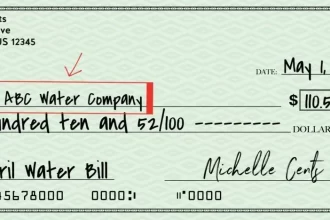
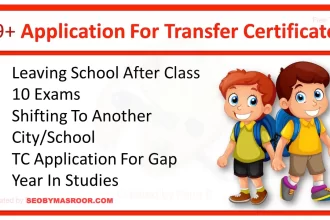
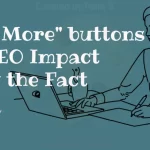
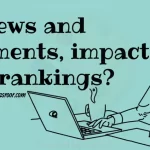
This post brought tears to my eyes. 😢 Your [story/experience/words] are so incredibly moving and relatable. It’s a reminder of the strength and resilience we all carry within us. Thank you for sharing this powerful message. Sending you love and virtual hugs!